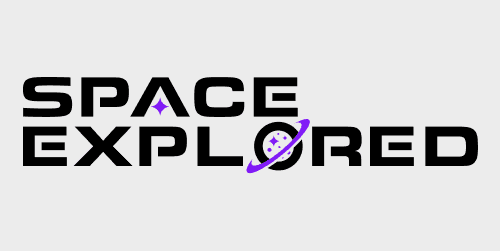
SpaceX is set to deliver thousands of pounds of hardware and science experiments to the International Space Station as part of the uncrewed CRS-27 Dragon resupply mission.
Liftoff atop a Falcon 9 rocket is slated for 8:25 p.m. EDT March 14 (12:25 UTC March 15), 2023, from Launch Complex 39A at NASA’s Kennedy Space Center in Florida. This will be the 27th resupply mission to the orbiting laboratory under the company’s Commercial Resupply Services contract with NASA.
Typical of these missions, this launch will include scientific investigations and experiments, along with supplies needed for the Expedition 68 (and eventually Expedition 69) crew living and working aboard the outpost.
The flight comes just days after the departure and splashdown of the Crew-5 Dragon spacecraft with four ISS crewmembers. This cleared the forward port at the ISS for the autonomous CRS-27 cargo spacecraft to dock with.
Investigations and hardware being carried to space aboard the spacecraft include a test of a student-designed camera mount, an investigation studying heart changes in microgravity, and an experiment looking at the behaviors of different surfaces that control biofilm creation, to name a few.
Of great significance is the National Institutes of Health and International Space Station National Laboratory’s “Tissue Chips in Space initiative,” as it completes the final two phases of study and experiments for Tissue Chips in Space, Cardinal Heart 2.0 and Engineered Heart Tissues-2.
This study aims to investigate and contribute to the advancement and development of treatment and protocols for flawed cardiac dysfunction.
In order to perform this type of exercise and discovery, small devices that replicate the function of human organs and tissues are used as they are critical for the diagnostic and ultimate treatment of cardiovascular anomalies in these studies due to their mirroring characteristics.
Once Dragon is in orbit, it’ll take about a day to reach the orbiting outpost. It is expected to remain docked for about a month, departing sometime in April before the launch of the Starliner Crew Flight Test.
FTC: We use income earning auto affiliate links. More.

Comments